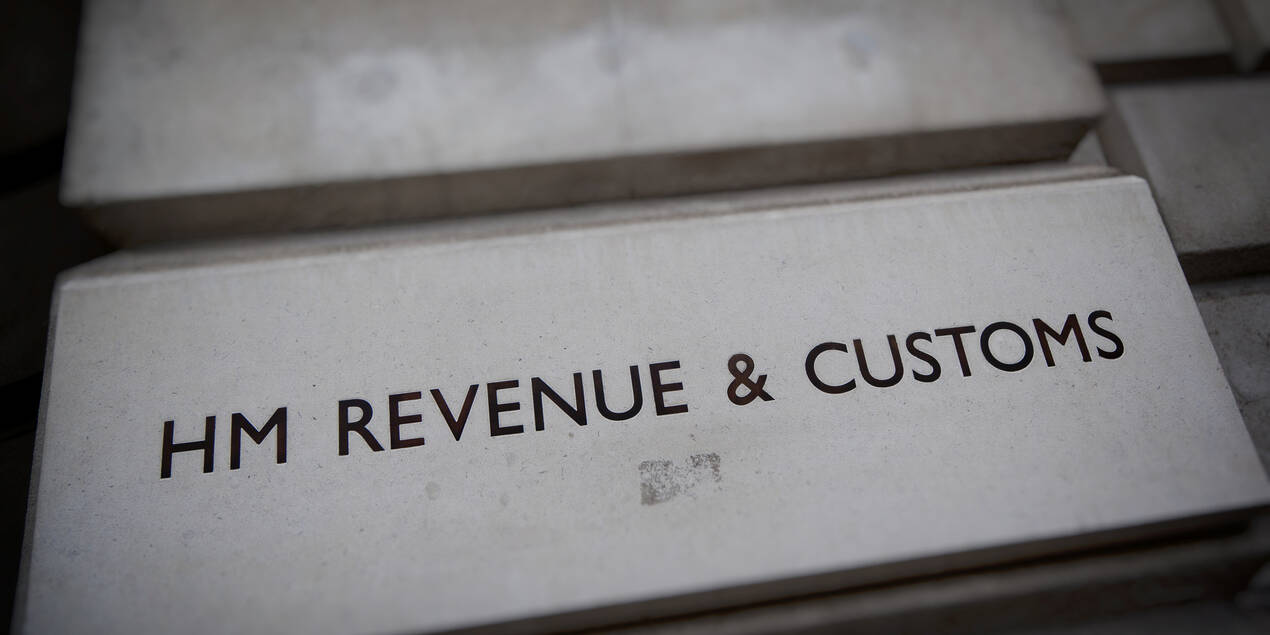Proof of Originating Status Under Trade & Co-operation Agreement Between the EU and the UK
If you import goods from the EU and these goods have originating status according to the terms of Trade and Cooperation Agreement (TCA) between the EU and the UK, you can claim preference and pay reduced or zero import duty. If you export goods to the EU, EU importers can also claim preference on originating goods.
Preferential tariff treatment will be granted if the importer has one of the following proofs of origin:
- a statement on origin that the product is originating made out by the exporter;
- the importer’s knowledge that the product is originating.
A Statement on origin is not a document, but a prescribed text which the exporter adds to the invoice or any other commercial document that describes the originating product in sufficient detail to enable its identification. It may be in an electronic format and apply to either a single consignment or multiple shipments of identical products within any period specified in the Statement on origin but not exceeding 12 months from the date of the first import.
A statement may be made out in English or any of the other official languages used in the EU. However, it is best to use the same language as being used for the commercial document itself. The text of the Statement on origin is reproduced in full in Annex B of the TCA.
‘Importer’s knowledge’ is an option that allows the importer to claim preferential tariff treatment based on their own knowledge about the originating status of imported products. As the importer is making a claim using their own knowledge, the exporter or producer does not need to take any action to officially state the originating status of the goods.
This option requires the importer to have knowledge that the products meet the relevant rules of origin, therefore, the exporter or producer may have to provide information about the production to the importer.
Such information might include the HS code of the product and origin criteria used, a brief description of the production process and more depending on what the origin criterion was.
For example, if the origin criterion was ‘wholly obtained’, then the information on applicable category (such as harvesting, mining, or fishing; and the place of production) will be required. If the origin criterion was based on a change in tariff classification, the additional information required will be a list of all the non-originating materials including their tariff classification number under the Harmonized System (in 2, 4 or 6-digit format depending on the origin criteria); or the information relating to the compliance with the provision on non-alteration (if applicable), for example a certificate of non-manipulation from the Customs Authority in the country of transit.
In the case that the importer cannot obtain the information above, for example, because it is deemed commercially sensitive, preferential tariff treatment may still be claimed if the exporter issues a Statement on origin.
An exporter making out a Statement on origin must hold information demonstrating that the product is originating. An importer making a claim for preferential tariff treatment basing on importer’s knowledge, must keep all records that demonstrate that the product is eligible for preference for four years from the date of importation. These records may be stored in an electronic format.
Related Posts
15 July 2024
Customs Traps: The High Price of a Blinkered Approach to Transfer Pricing
Businesses selling direct to customers…
24 June 2024
Advance Notice Of Important HMRC Duty Suspension Application and Review Deadline – 3 July 2024
Businesses selling direct to customers…
10 June 2024
New Scheme Offers Declaration-Free Exporting To Northern Ireland For B2C Businesses
Businesses selling direct to customers…


